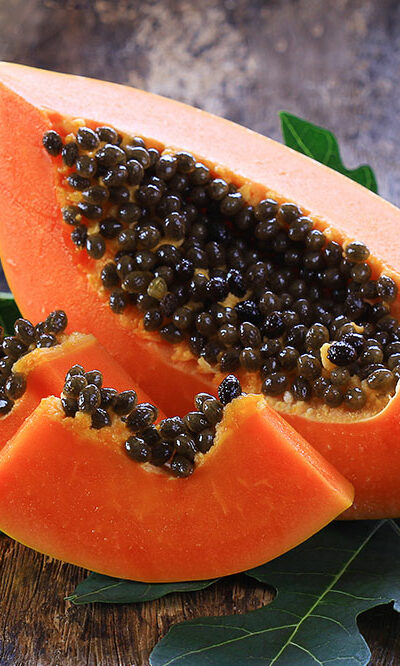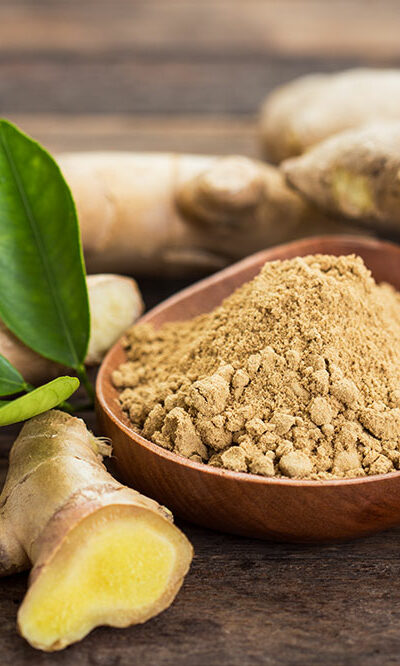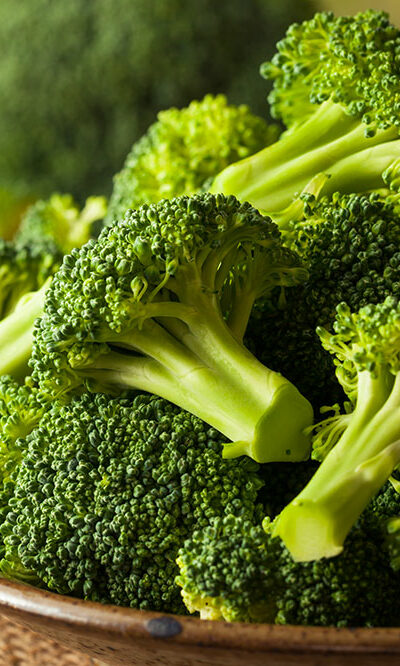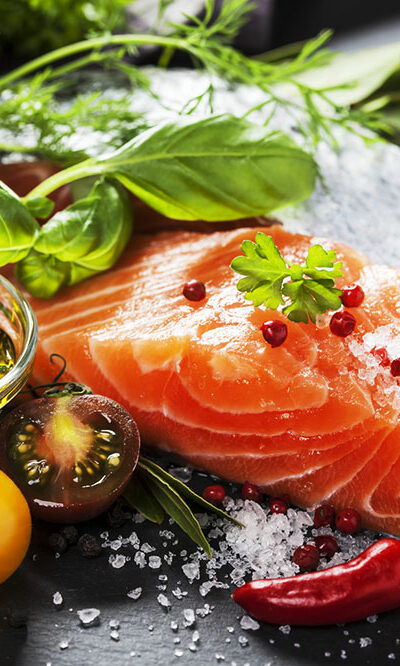
Herbal remedies to help relieve sickle cell anemia symptoms
Sickle cell anemia is an inherited disease in which the initially flexible, round red blood cells become crescent moon- or sickle-shaped. As a result, blood flow through small vessels slows down or stops, leading to various symptoms. The only cure for sickle cell anemia is a stem cell or bone marrow transplant. However, recent studies have shown that certain herbs and their blend can also provide relief. Read on to learn more about the herbal management of sickle cell anemia. Niprisan herbal extract formula Nigeria has the highest number of sickle cell patients in the world. To help its citizens fight the disease, the Nigerian government’s National Institute for Pharmaceutical Research and Development (NIPRD) developed a herbal formula called Niprisan that has shown promising results. It is made with extracts from four different plants: Piper guineense seed: Also called the West African pepper or Guinea pepper Pterocarpus osum stem: An African timber Eugenia caryophyllus: Also called cloves Sorghum bicolor: Also known as sorghum, great millet, durra, jowari/jowar, or milo The main active compounds of these herbs are piperine, chavicine, capsaicin, and cubebin. The medicine is unlikely to cause significant side effects. Fagara zanthoxyloides Herbal management of sickle cell anemia involves a few other herbs as well, which have shown promising results. One of them is the root bark of fagara zanthoxyloides, a well-known medicinal plant in Uganda. The herb is also extensively used to treat malaria and other infections. A study suggests that the root bark of fagara zanthoxyloides can reduce the formation of sickle-shaped cells. Plus, it can lower the symptoms’ severity to a great extent. Terminalia catappa Also known as tropical almond or Indian almond tree, Terminalia catappa grows throughout Africa, Asia, and Australia. Extracts from the leaves of this tree have long been used in Africa for treating various ailments.










